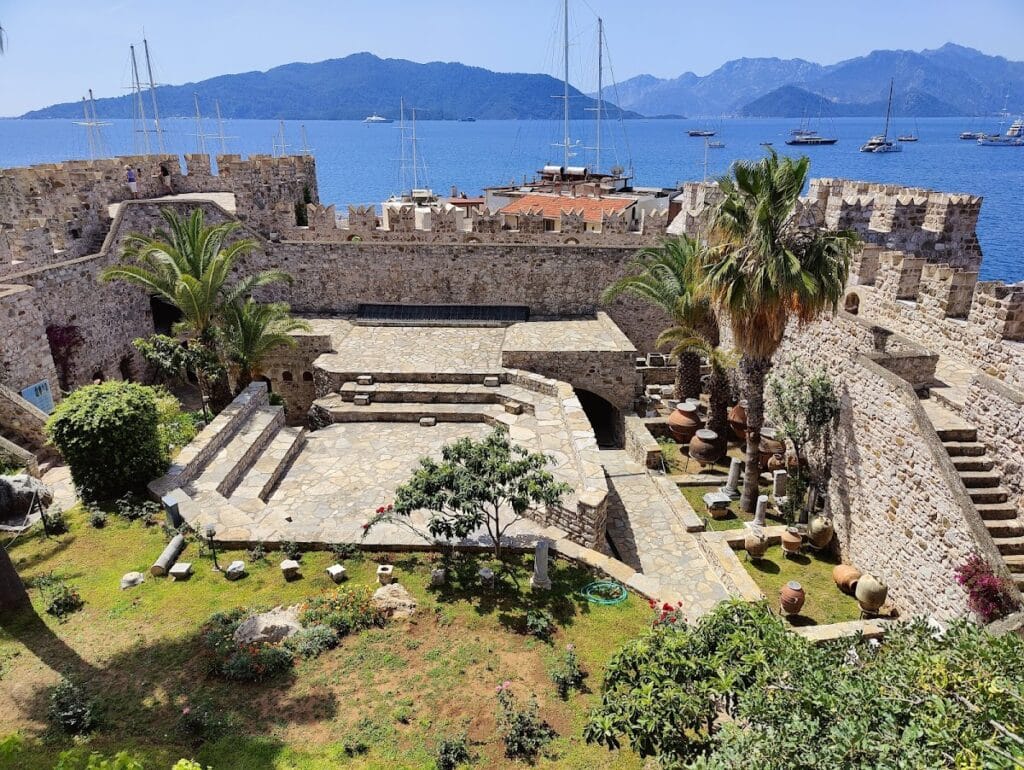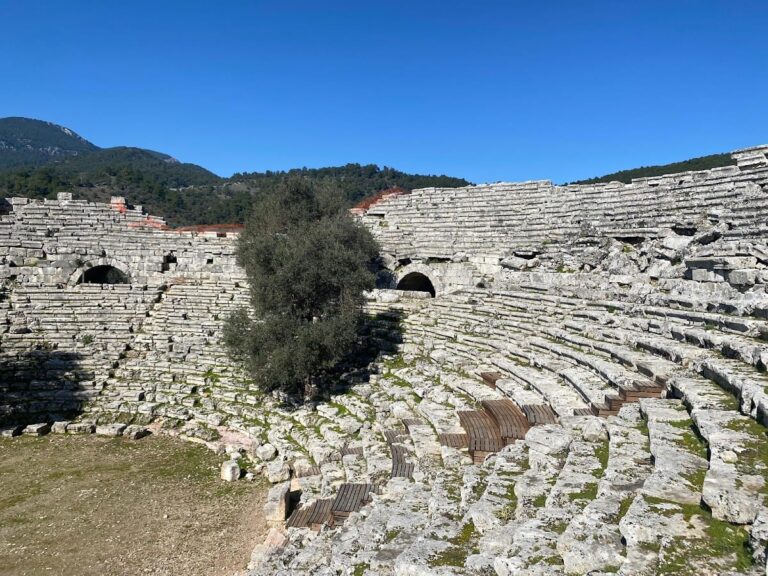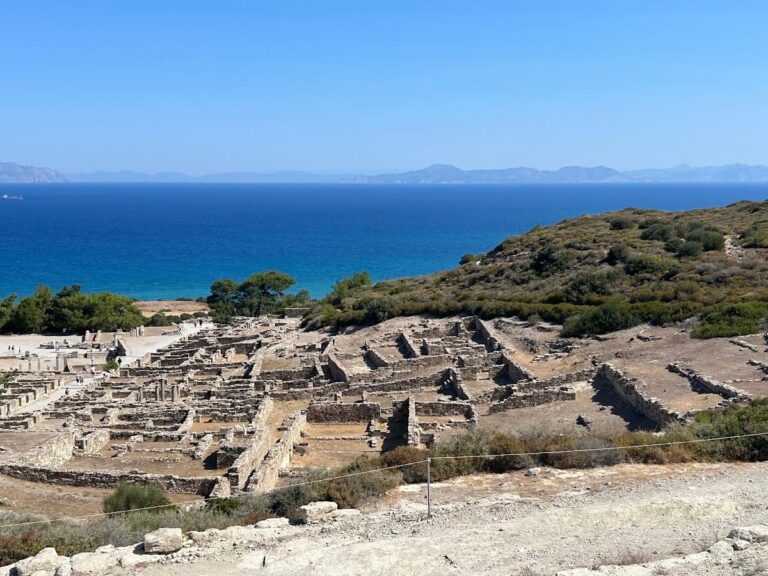Marmaris Castle: A Historic Fortress and Museum in Turkey
Visitor Information
Google Rating: 4.6
Popularity: High
Google Maps: View on Google Maps
Country: Turkey
Civilization: Unclassified
Remains: Military
History
Marmaris Castle is located in the municipality of Marmaris in modern-day Turkey. Its origins trace back to ancient civilizations that inhabited the region along the southwestern coast of Anatolia. The earliest defensive walls in the vicinity date to approximately 3000 BCE, as noted by the ancient historian Herodotus, highlighting the long-standing strategic importance of this site between the Aegean and Mediterranean seas.
The original foundations of the castle itself were established in the second millennium BCE. A notable phase of development occurred around 1044 BCE during the Ionian period, a time when this part of Anatolia was influenced by Greek settlers known as the Ionians. Later, following the conquest by Alexander the Great in the late 4th century BCE, repairs were carried out, reflecting the military significance of the fortress in controlling maritime routes and local territories.
Centuries later, in the Ottoman era, the castle underwent significant reconstruction ordered by Sultan Suleiman I in the 16th century. This renovation was part of preparations for his military campaign against the island of Rhodes, with the castle serving as a vital base of operations during the expedition. The only written record detailing this phase comes from the 17th-century Ottoman traveler Evliya Çelebi, who documented Suleiman’s rebuilding efforts.
The castle endured damage during the First World War, particularly caused by shelling from French naval forces. Despite this, it survived a major earthquake in 1957 that devastated other nearby centers such as Fethiye. Following centuries of military and civilian use, the castle was inhabited by local residents until 1979. Restoration projects between 1980 and 1990 restored much of its structure, leading to its designation as a cultural heritage site and official opening as the Marmaris Archaeology Museum in 1991.
Remains
Marmaris Castle occupies a commanding position overlooking the city, nestled strategically between two seas. The fortification encompasses an interconnected complex constructed from sturdy stone masonry, reflecting multiple building phases spanning several millennia. Its walls and structures preserve the historical layering of the site, showing adaptations to changing military and cultural needs over time.
Within the castle, there are eighteen rooms arranged around central courtyards, including seven enclosed spaces that serve various functions. Among these are two halls dedicated to archaeological displays and one ethnography hall, each used to exhibit artifacts relating to the castle’s extensive past. Essential features also include a fountain and a cistern, both integral to providing water for the inhabitants and to the castle’s sustainability during sieges or dry spells.
The museum housed here contains a rich collection of artifacts from the Hellenistic, Roman, and Byzantine eras. These include amphorae (ceramic vessels used for storing liquids), pottery shards, glass objects, coins, and decorative items. Many of these were uncovered at nearby ancient sites such as Knidos, Burgazada, and Hisarönü, offering insight into the cultural exchanges and economic activity in the region.
Ethnographic displays focus on the Ottoman period, showcasing tools, everyday equipment, and household items that illuminate the castle’s more recent historical uses. The preservation and restoration efforts have maintained the structural integrity of the castle, ensuring a stable condition despite wartime bombardment and natural disasters.
Today, Marmaris Castle stands as a well-preserved monument, reflecting its layered history through both architectural remains and curated collections that document the cultural heritage of its many eras.








